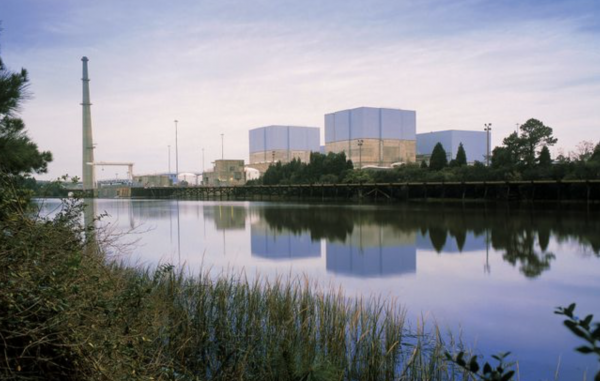
The possibility of a significant hurricane wreaking havoc on the East Coast of the United States has transfixed the media. While many Americans are preparing to evacuate or protect their personal property, there are fears that one key part of America’s energy infrastructure could suffer a massive failure.
Currently in the United States, there are 99 active nuclear power plants; 65 of which are pressurized water reactors and 34 of which are boiling water reactors. Almost all of America’s nuclear generating capacity is sourced from reactors built between 1967 and 1990. Despite the near halt in construction of new nuclear power plants, over the past 3 decades, the United States has become more dependent on nuclear power. In 1980, nuclear power plants produced 251 billion kWh, which accounted for 11 percent of American electricity generation. By 2008, output had risen to 809 billion kWh which accounted for nearly 20 percent of American electricity generation and more than 30 percent of nuclear power-generated electricity in the world.
Here is a map showing the locations of America’s 99 nuclear power plants:
As you can see, a significant number of America’s nuclear power plants are located along the east coast of the United States.
Let’s take a quick look at the current probability of hurricane force winds (greater than 74 mph) for Hurricane Florence:
Here is a map showing the predicted rainfall totals:
Here is a map showing the risk of flash flooding:
You will note that there is a high risk for the most extreme weather along the coast of North Carolina.
Now, let’s look at North Carolina’s nuclear power plant infrastructure. Here is a graphic showing the state’s nuclear energy facilities:
Note that two of the facilities, Brunswick 1 and Brunswick 2, both operated by Duke Energy, are located very close to the Atlantic coastline as shown on this map:
According to Duke, the Brunswick Nuclear Plant is a two-unit, 1870 megawatt facility located two miles north of Southport, North Carolina. It produces enough electricity to power 1 million homes. The plant was commissioned in 1975 and an additional unit became operational in 1977, making it the first nuclear power plant built in North America. The plant houses two boiling water nuclear reactors and was upgraded over the years from 2002 to 2005.
Here is a diagram showing how the boiling water reactor works as well as a description of the process from Duke:
“In a BWR, the water boils inside of the actual reactor, creating steam that drives the turbine. It is a single-loop process, which causes the water flowing inside the entire system to be exposed to radioactivity. This makes maintenance slightly more challenging for nuclear workers because of the presence of radiation. However, workers clearly understand the challenges and how to manage them. A BWR is more efficient because there are fewer thermal losses (no primary system to secondary system heat transfer losses).”
Here are two photos from Duke showing the Brunswick Nuclear Plant:
Given the impending storm and its accompanying flooding from extreme levels of rainfall and the likelihood of a coastal storm surge, one can’t help but think of what happened at the Fukushima Daiichi plant in Japan on March 11, 2011 when the facility was inundated by a tsunami. Coincidentally, the Fukushima Daiichi Nuclear Power Plant was also a boiling water reactor as quoted here:
“The Fukushima Daiichi reactors are GE boiling water reactors (BWR) of an early (1960s) design supplied by GE, Toshiba and Hitachi, with what is known as a Mark I containment. Reactors 1-3 came into commercial operation 1971-75. Reactor capacity is 460 MWe for unit 1, 784 MWe for units 2-5, and 1100 MWe for unit 6.”
The disaster at Fukushima took hold when the reactor’s cooling systems were disabled. Even though the reactors were shut down automatically when the earthquake hit, the system was vulnerable to an influx of water as quoted here:
“It appears that no serious damage was done to the reactors by the earthquake, and the operating units 1-3 were automatically shut down in response to it, as designed. At the same time all six external power supply sources were lost due to earthquake damage, so the emergency diesel generators located in the basements of the turbine buildings started up. Initially cooling would have been maintained through the main steam circuit bypassing the turbine and going through the condensers.
Then 41 minutes later, at 3:42 pm, the first tsunami wave hit, followed by a second 8 minutes later. These submerged and damaged the seawater pumps for both the main condenser circuits and the auxiliary cooling circuits, notably the Residual Heat Removal (RHR) cooling system. They also drowned the diesel generators and inundated the electrical switchgear and batteries, all located in the basements of the turbine buildings (the one surviving air-cooled generator was serving units 5 & 6). So there was a station blackout, and the reactors were isolated from their ultimate heat sink. The tsunamis also damaged and obstructed roads, making outside access difficult.
All this put those reactors 1-3 in a dire situation and led the authorities to order, and subsequently extend, an evacuation while engineers worked to restore power and cooling. The 125-volt DC back-up batteries for units 1 & 2 were flooded and failed, leaving them without instrumentation, control or lighting. Unit 3 had battery power for about 30 hours.
At 7.03 pm Friday 11 March a Nuclear Emergency was declared, and at 8.50pm the Fukushima Prefecture issued an evacuation order for people within 2 km of the plant. At 9.23 pm the Prime Minister extended this to 3 km, and at 5.44 am on 12th he extended it to 10 km. He visited the plant soon after. On Saturday 12th he extended the evacuation zone to 20 km.”
The problem stemmed from underestimating the height of a potential tsunami. The original design basis was for a tsunami with a height of 3.1 meters (roughly 10 feet) so the plant was built 10 metres above sea level and the seawater pumps were place 4 metres above seal level and later sealed as an added measure of protection. In the 2011 earthquake, the tsunami height was 15 metres, resulting in total flooding of the turbine halls.
Fortunately, in an effort to avoid another “Fukushima” the Nuclear Regulatory Commission has announced that preparations are taking place at Duke’s Brunswick plant in anticipation of Hurricane Florence as shown here:
Unfortunately, as Japanese operators discovered in 2011, even shutting down reactors and planning for what you think might be a worst case scenario doesn’t always prevent a catastrophic and life-changing accident from occurring. With catastrophic weather events on the increase, it is likely that the wisdom of building nuclear power plants along coastlines will seem rather foolish in the long-run.
Click HERE to view more.
You can publish this article on your website as long as you provide a link back to this page.

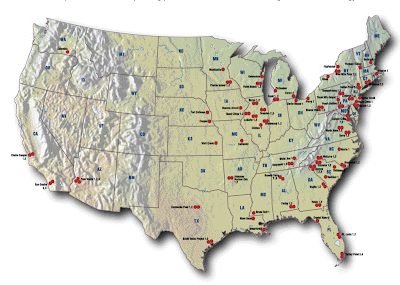
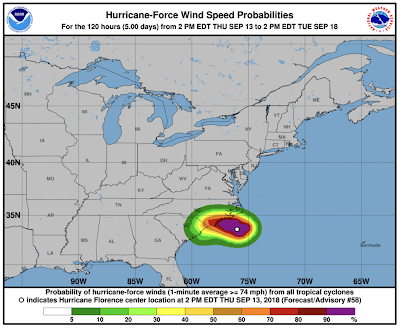
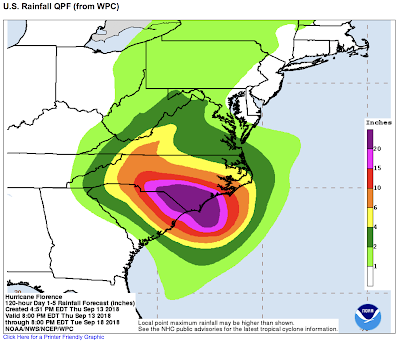
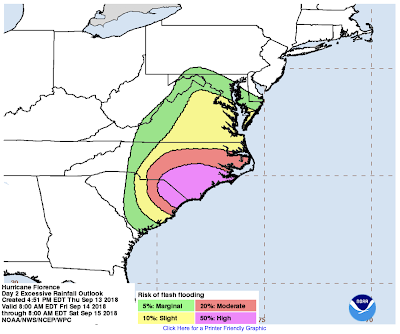
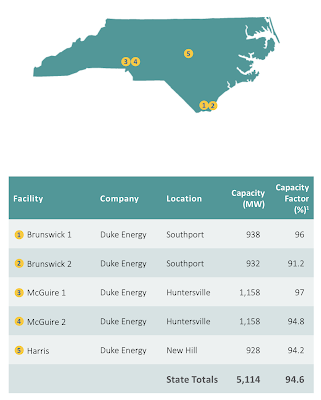
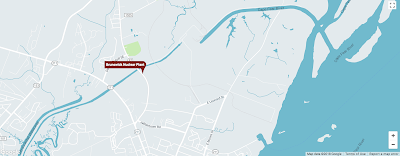
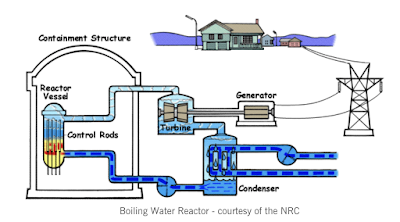
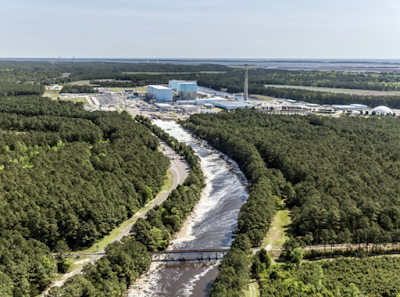
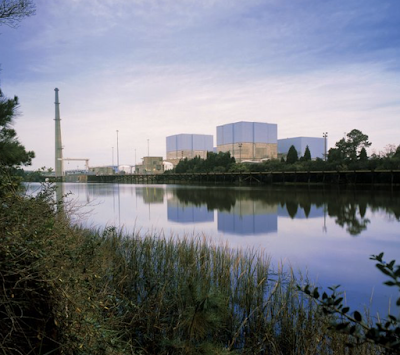
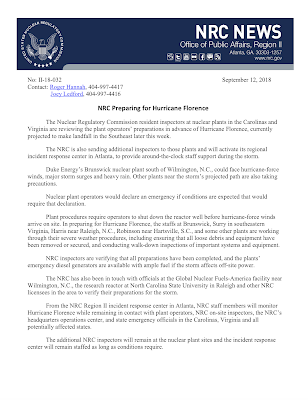
Be the first to comment